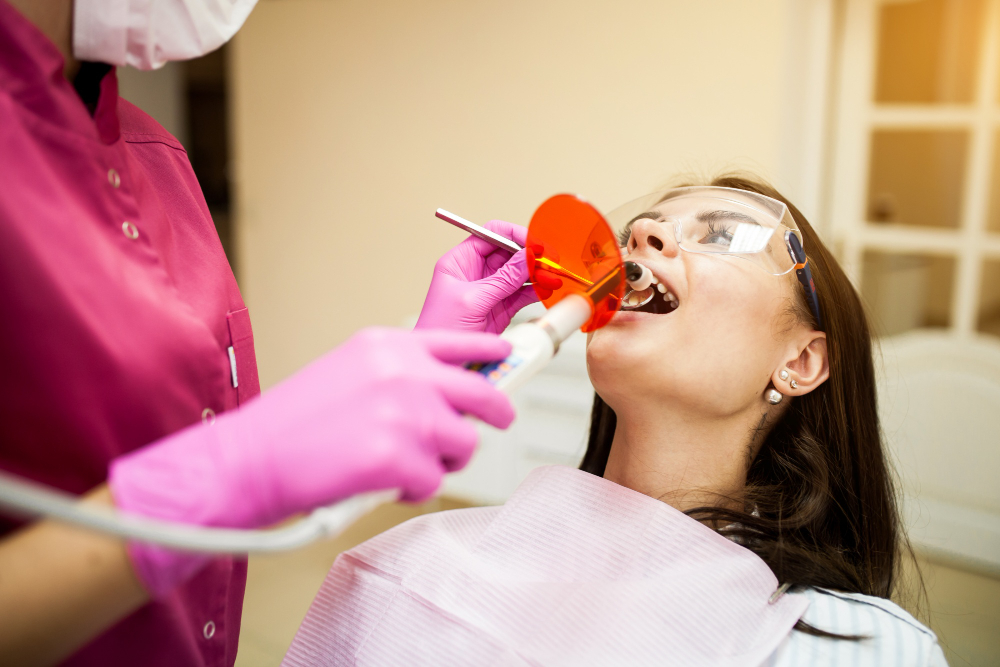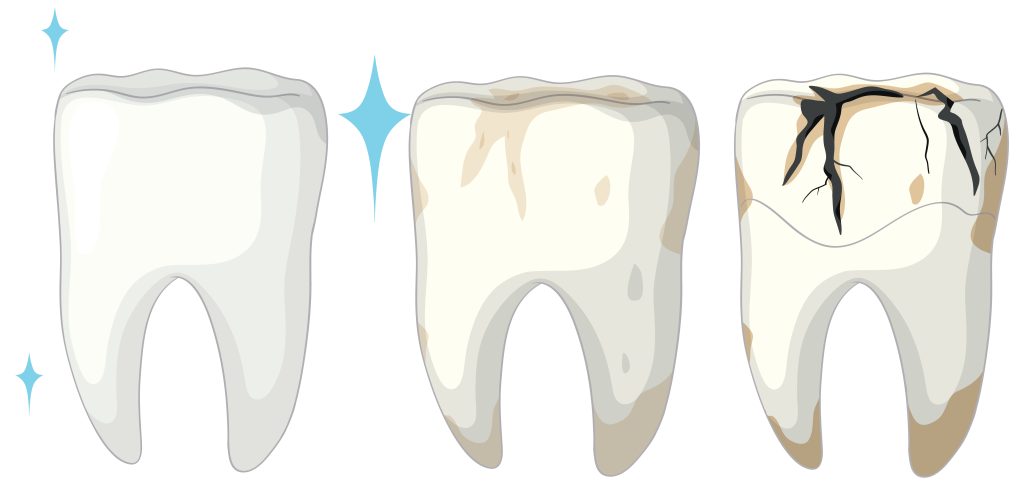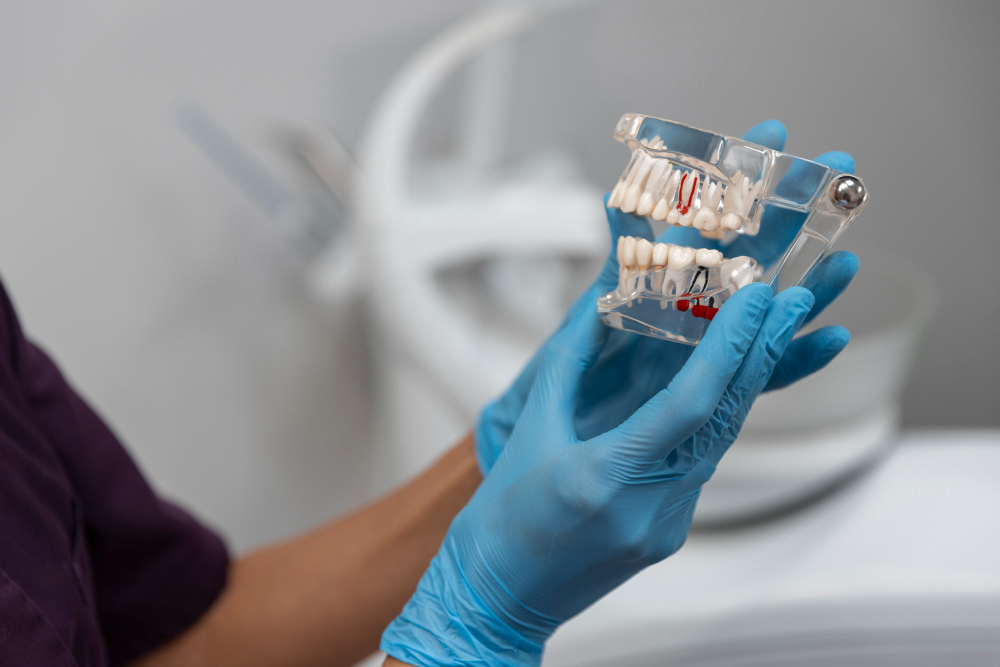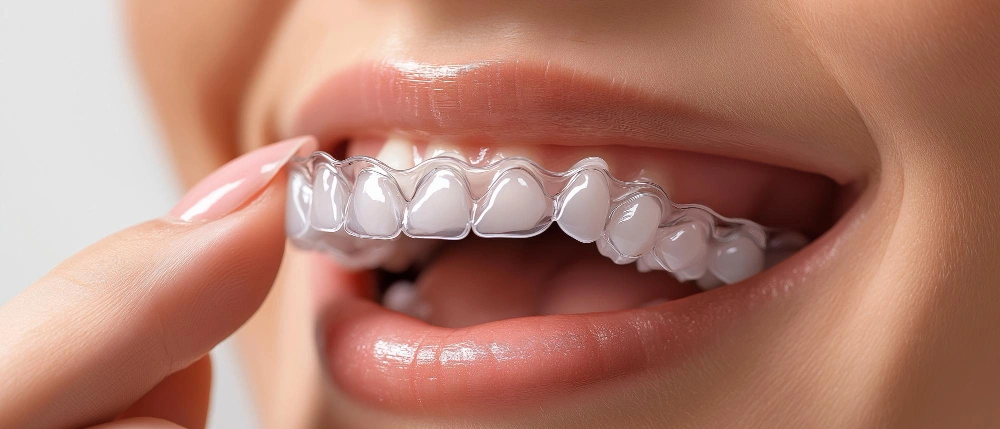Dental bridges offer both functional and aesthetic benefits when it comes to restoring missing teeth. While they provide a permanent solution, they require maintenance to keep them clean. Cleaning dental bridges is slightly more challenging than cleaning natural teeth, so learning the basics to preserve oral health and achieve a perfect smile is essential.
This guide covers essential dental bridge cleaning techniques, maintaining good oral hygiene, and preventing common dental problems.
Why Cleaning Bridges Calls for Extra Precautions?
Several dental bridge options are available, the most common of which are porcelain fused to metal or zirconia. Although these are strong materials, the bridge spans and creates a cavity at the bottom that can encourage plaque and food residue buildup.
This space is inaccessible to regular floss and toothbrushes, which could lead to oral health problems due to residue left between dental bridges.
- Gum disease: This residue accumulation may cause Gingivitis, gum disease, and periodontitis, a severe form of gum disease that affects the jawbone and teeth.
- Dental decay: If the plaque accumulates, it hardens into tartar (calculus), causing cavities around the teeth that support the bridge.
- Bridge failure: A clean bridge can dry off, while a dirty one may become loose or fall.
- Hidden Surfaces: Unlike natural teeth, some areas under the bridge (between the pontic and gums) are inaccessible to traditional brushing techniques. Plaque and food debris can quickly accumulate in these hidden spaces, potentially leading to gum disease and bridge failure.
Essential Tools for Effective Bridge Cleaning
Equipping with the right tools is crucial to maintain a clean bridge. To effectively clean your dental bridge, you’ll need the right tools:
- Soft-Bristled Toothbrush: Essential for gentle and effective brushing around the bridge and natural teeth.
- Floss Threaders: Helpful for guiding dental floss under the bridge to remove trapped food particles and plaque.
- Interdental Brushes: Perfect for cleaning the spaces between teeth and around the bridge where traditional toothbrushes can’t reach.
- Water Flosser: Ideal for removing debris and bacteria from around the bridge and along the gum line with a targeted water stream.
- Antibacterial Mouthwash: Reduces bacteria and maintains oral health, preventing infections and plaque buildup.
Bridge Cleaning Techniques: A Step-by-Step Guide
Here’s a comprehensive guide to dental bridges cleaning:
1. Brushing:
- Always use a soft-bristled toothbrush and fluoride toothpaste.
- Remember to brush twice daily, particularly around the abutment teeth and the gum line.
- Move the brush at an angle to reach under the bridge as much as possible.
2. Flossing with a Floss Threader:
- Thread the floss through the eyelet of the flossing tool.
- Gently guide the floss under the bridge, using a sawing motion to clean between the artificial tooth (pontic) and the gum tissue.
- Repeat this process on both sides of the bridge.
3. Interdental Brushes:
- Choose an interdental brush with a size that comfortably fits the space under the bridge.
- Gently insert the brush between the bridge and the gum tissue and move it back and forth to remove plaque.
- Repeat this process for all sides of the bridge.
4. Water Flossing:
- Fill the water flosser reservoir with lukewarm water.
- Point the nozzle at the gum line and under the bridge at a 45-degree angle.
- Turn on the irrigator and gently move the nozzle around the bridge and abutment teeth.
- Spit out the dislodged debris.
Addressing Potential Issues: When to See Your Dentist
Knowing when to visit a dental professional is essential to prevent minor issues from becoming major ones that require professional intervention.
Here are some signs to watch out for:
- Loose bridge: If your bridge already feels wobbly or slips into another position when you chew your food, you should visit your dentist immediately.
- Gum irritation or bleeding: Some sms include inflamed and tender gums within the bridge area or blood, which can occur while brushing the area.
- Chipped porcelain: A chipped bridge can lead to uneven wear and require professional repair or replacement. Rest assured, your dentist is equipped to handle such situations.
- Pain or discomfort: If you are experiencing pain or the bridge irritates the tissue, consult a dentist immediately to see the cause and rectify it.
Additional Tips for Optimal Bridge Care
-
Regular Dental Checkups and Cleanings:
Schedule professional dental cleanings at least twice a year. Your dentist will thoroughly clean under the bridge and remove any stubborn plaque or tartar buildup.
-
Maintain a Healthy Diet:
Limit sugary and acidic foods, promoting plaque formation and contributing to gum disease.
-
Don’t Use Your Bridge as a Tool:
Remember, your bridge is not a tool. Avoid using it to open packages, crack nuts, or chew on complex objects. This simple precaution can prevent damage to the bridge and your supporting teeth.
-
Practice Good Brushing Habits:
Use a good brushing technique, focusing on brushing for at least two minutes twice daily and reaching all surfaces of your teeth and bridge.
-
Rinse Regularly:
Rinsing with water after meals can help remove food particles from around the bridge.
Final Words
Proper dental bridge cleaning and maintenance are essential for optimal oral hygiene and longevity. By incorporating these techniques and tools into your daily routine, you can ensure your dental bridge remains in excellent condition and supports your overall dental health.
For expert advice and professional dental care, contact Rivers Bend Family Dental PLLC. Our experienced team is dedicated to providing comprehensive dental services to help you maintain a healthy and beautiful smile.





